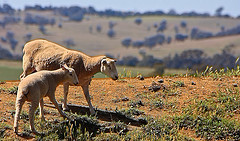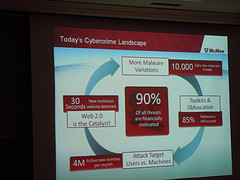After filling niches in the emerging group buying marketplace and giving a new twist to the classic auction website, cousins and co-founders Matt and Elliott Donazzan’s pay-to-bid auction sites are now bringing in over $100,000 per month in revenue.
One Cent Flights and One Cent Wines allow users to bid on flights and wine, respectively, for lower prices. The sites put a new twist on the auction site by charging people for bids.
And the sites have taken off so much, the two entrepreneurs have sent their wine and travel company partners significant volumes of traffic.
The Donazzans have hit on a workable model and they’ve recently launched a fundraising round to raise between $1 million and $5 million.
“A year ago we were a little start-up, and we’re not a massive business yet, but we’re a niche database player that is getting some success at an early stage,” Donazzan says.
He says their database is currently at just over 200,000 users, and they’re growing by 10,000 a month. They’re aiming to get to two million users in the next 12 to 24 months.
One Cent Flights launched in August 2012. The idea emerged from gaps they kept spotting as Matt was exploring group buying sites and Elliott was running his own eBay business.
“We thought if we focused on specific product niches that people really wanted rather than the broad approach of group buying sites, we could build something big,” Donazzan says. “We launched with flights because we noticed the other pay to bid sites were focused on male-centric products. So we saw a big untapped opportunity with online businesses only ignoring a big part of society and consumers,” he says. “We did a whole bunch of focus groups, and the topic that came up again and again was travel.”
He describes their model of seeking a customer first and then creating a product for them has worked well for their rapid growth.
They expanded into wines after it was the lead product identified by focus groups with another market they believed was overlooked by group buying sites, men over 35.
With plans to expand internationally, primarily into South East Asia, Donazzan says the funds they’re raising will go towards expanding their team of five.
To read more on this story, click here.






 OPMC has created the Freshbooks Daily Billing Stats Lite plugin and is giving it away for free.
OPMC has created the Freshbooks Daily Billing Stats Lite plugin and is giving it away for free.

